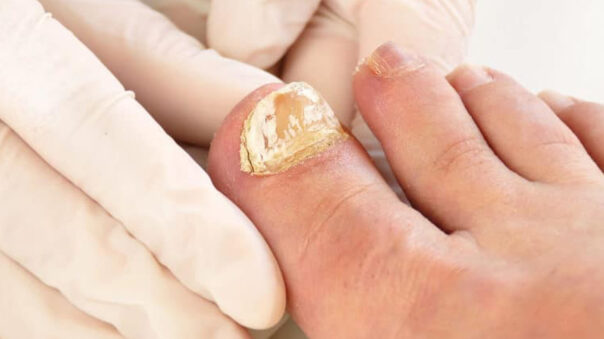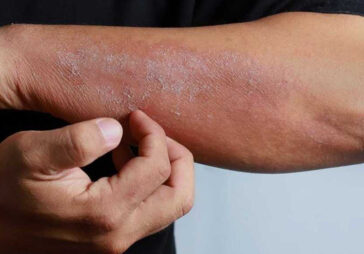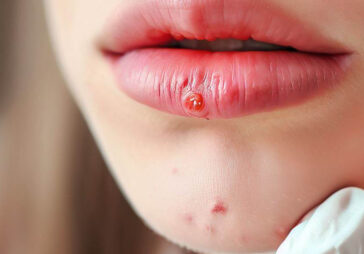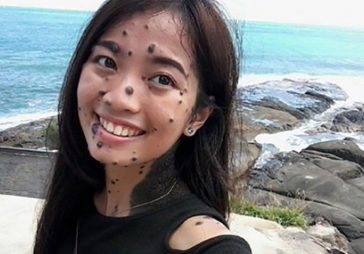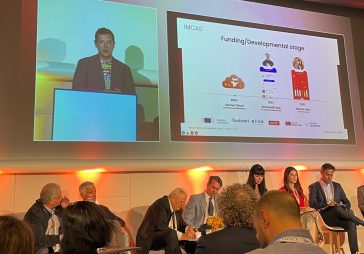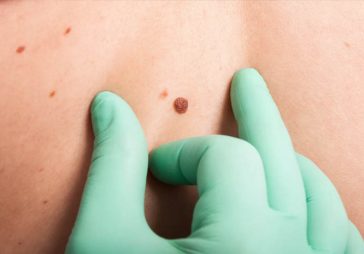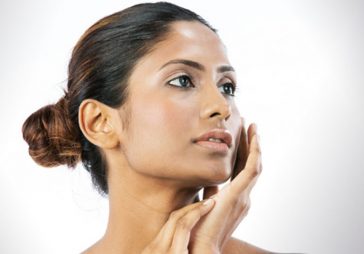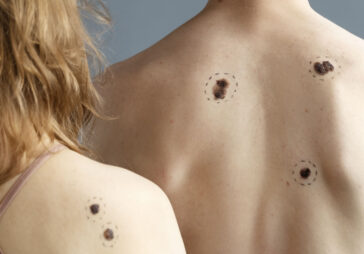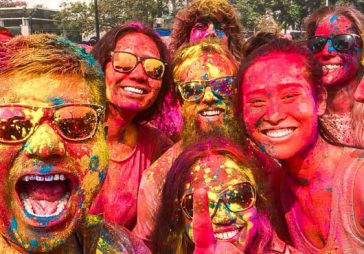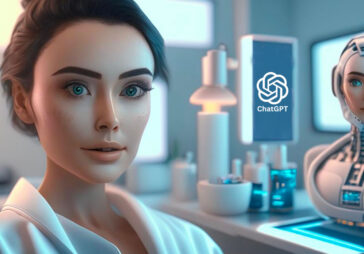Healthy skin is the epitome of beauty, but sometimes, mycosis can cast a shadow on our skin’s radiance. Fungal infections, known as mycoses, can affect various parts of the body, including the skin, nails, and hair. In this comprehensive guide, we will explore the three main types of mycoses: skin mycosis, nail mycosis, and hair mycosis. Discover the symptoms, methods of diagnosis, and effective treatments to combat these fungal invaders. Additionally, we’ll introduce the innovative Skinive app, a powerful tool that can accurately identify the specific type of mycosis and provide personalized recommendations for your skincare journey.
Skin Mycosis: symptoms, diagnosis and treatment
Skin mycosis refers to fungal infections of the skin, commonly caused by dermatophytes or yeast-like fungi. It can lead to various skin conditions, including ringworm (tinea corporis), athlete’s foot (tinea pedis), and jock itch (tinea cruris).
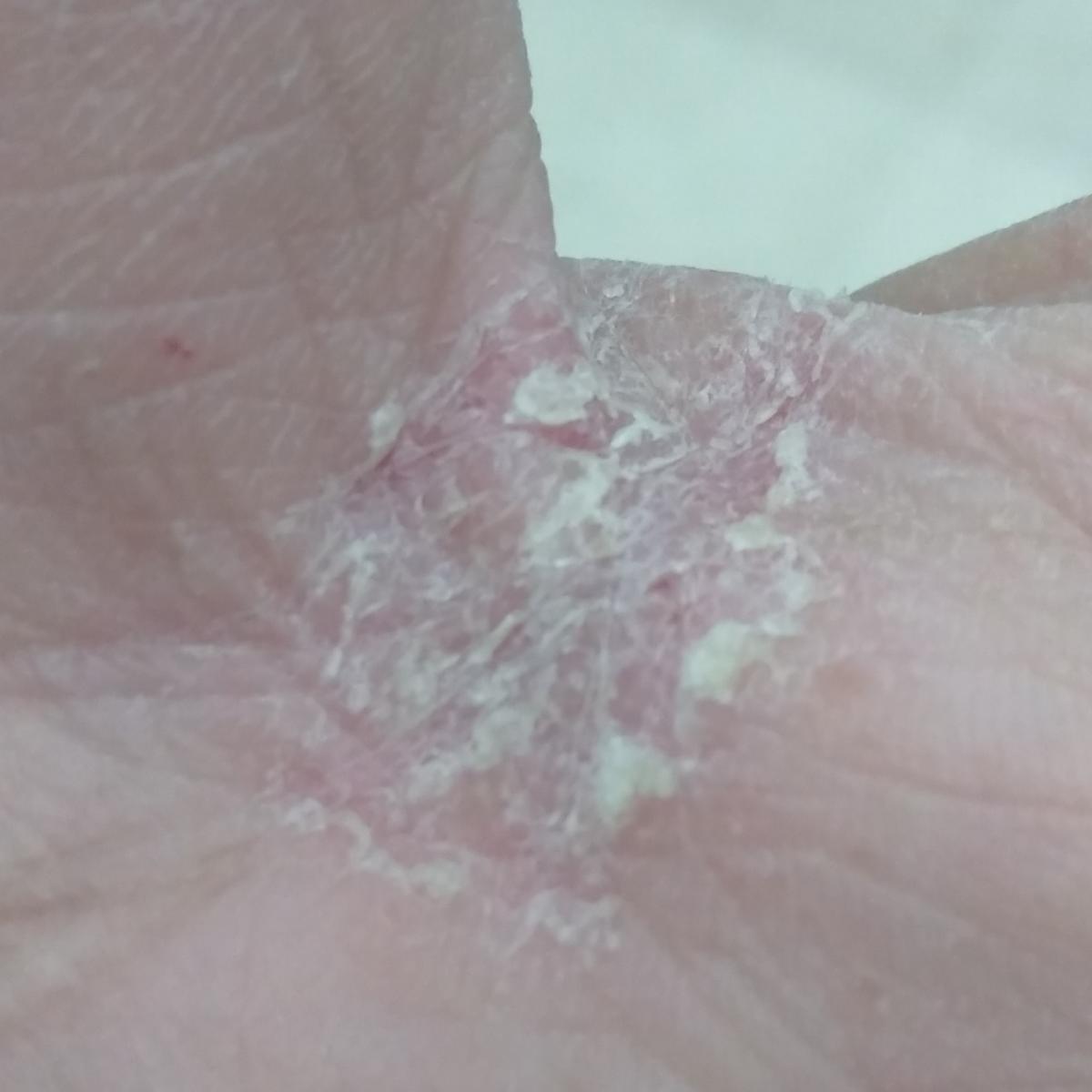
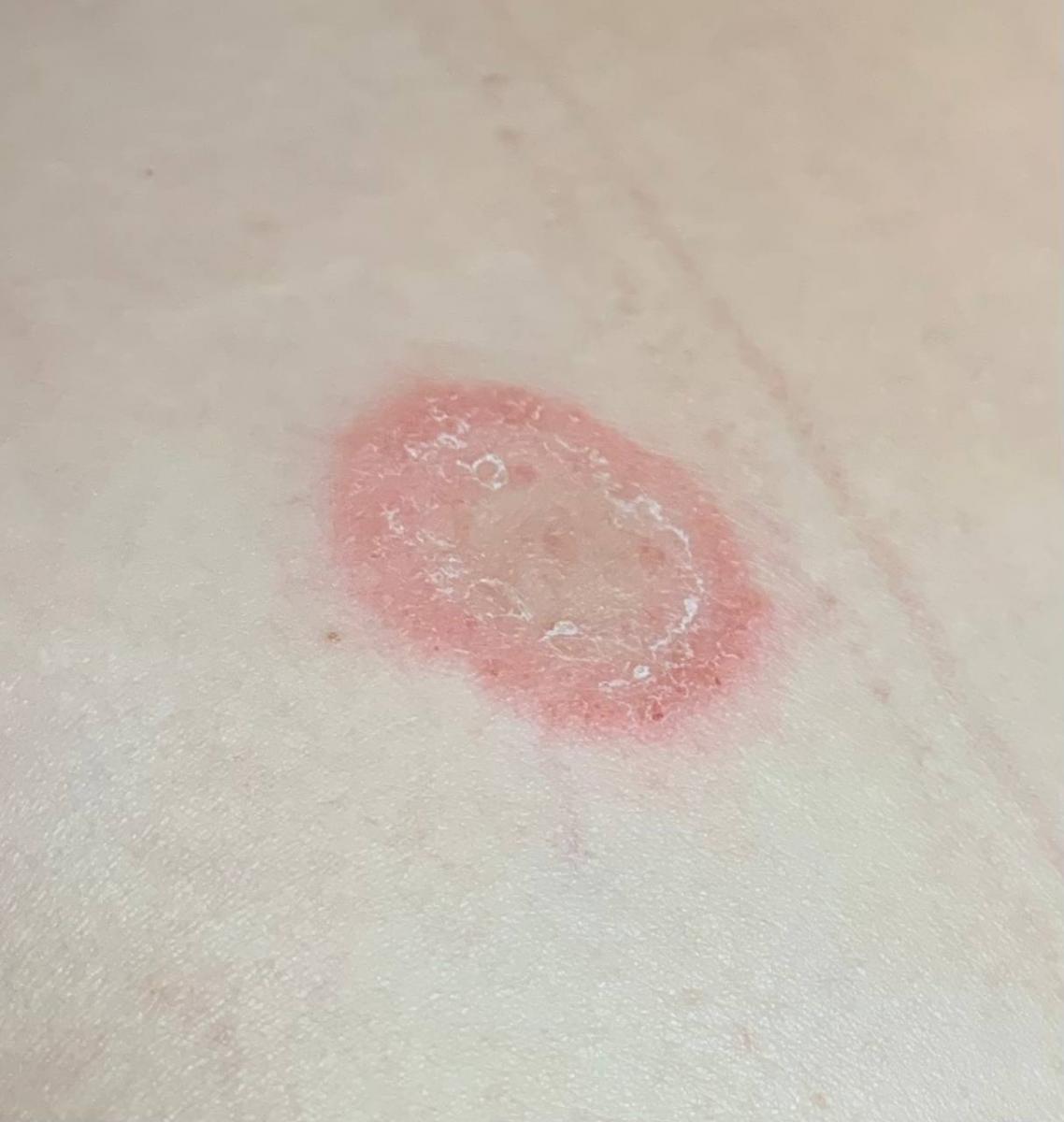
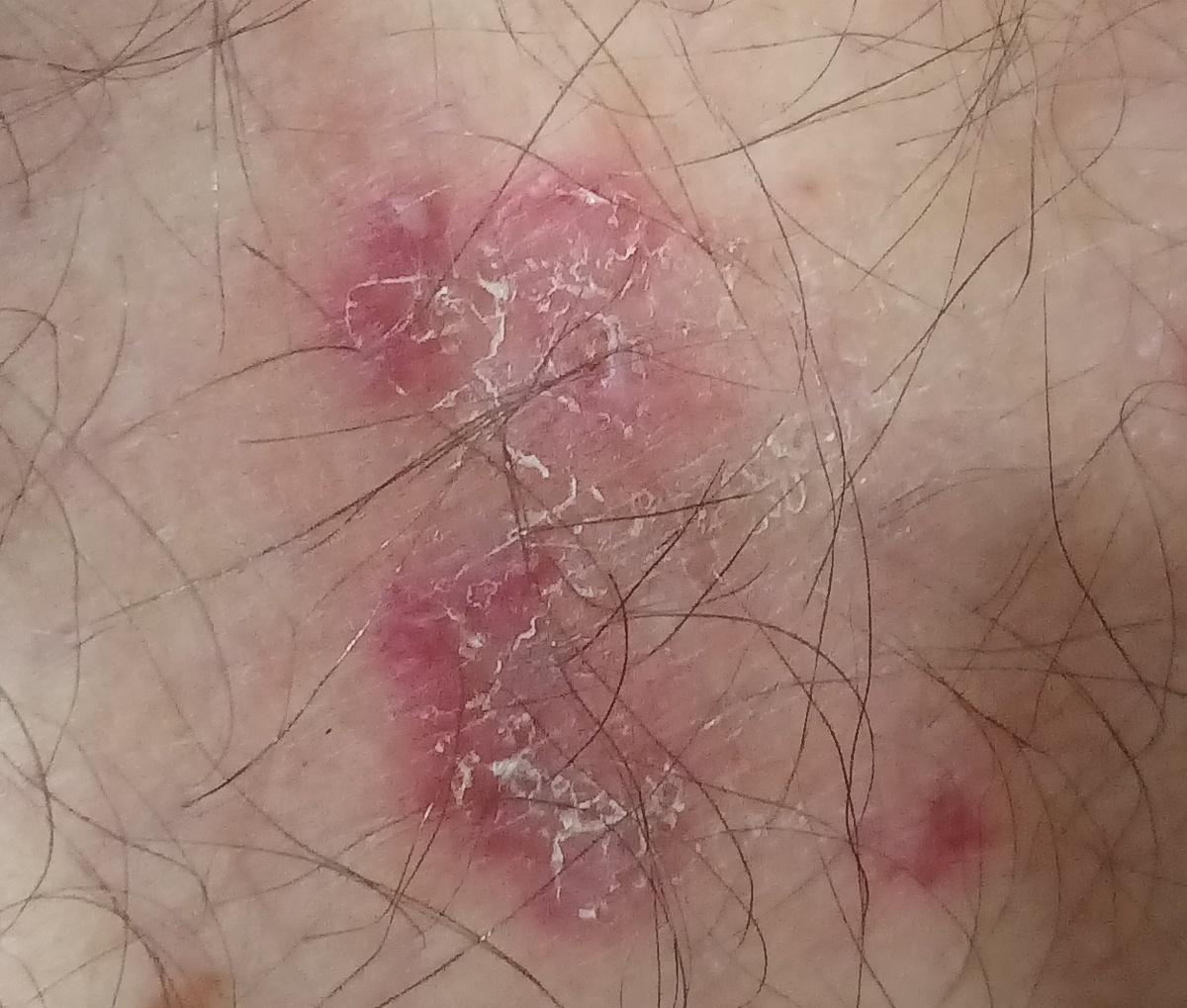
Symptoms:
- Red, itchy rash with defined edges
- Scaling and flaking of the skin
- Circular patches with raised borders (ringworm)
- Cracking and peeling of the skin (athlete’s foot)
- Rash in the groin area (jock itch)
Diagnosis and Treatment:
- Diagnosis usually involves clinical evaluation and, if necessary, skin sample analysis (skin scraping).
- Treatment options include:
- Topical antifungal creams or ointments
- Oral antifungal medications for severe or widespread infections
Nail Mycosis: symptoms, diagnosis and treatment
Nail mycosis, also known as onychomycosis, affects the nails, making them brittle, discolored, and prone to breakage. It is most commonly caused by dermatophytes or yeasts.
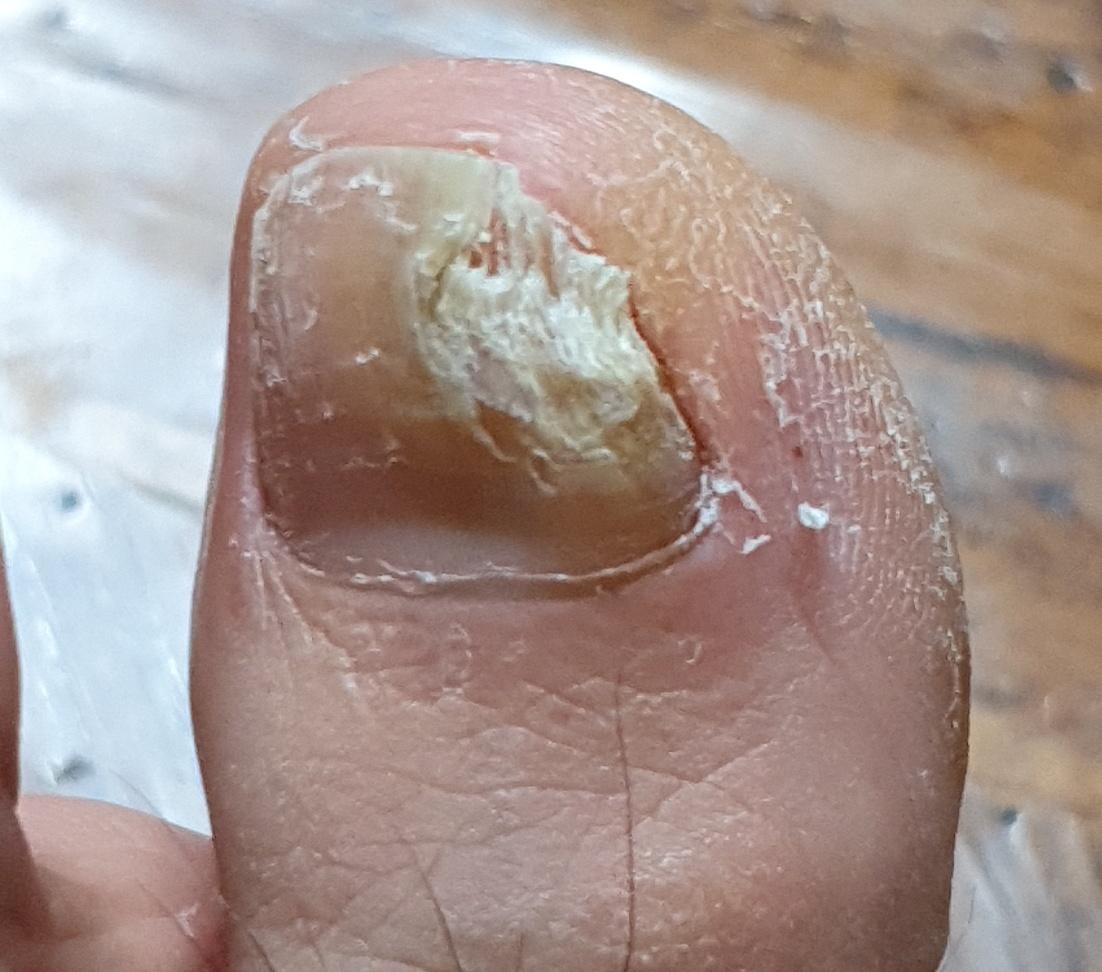
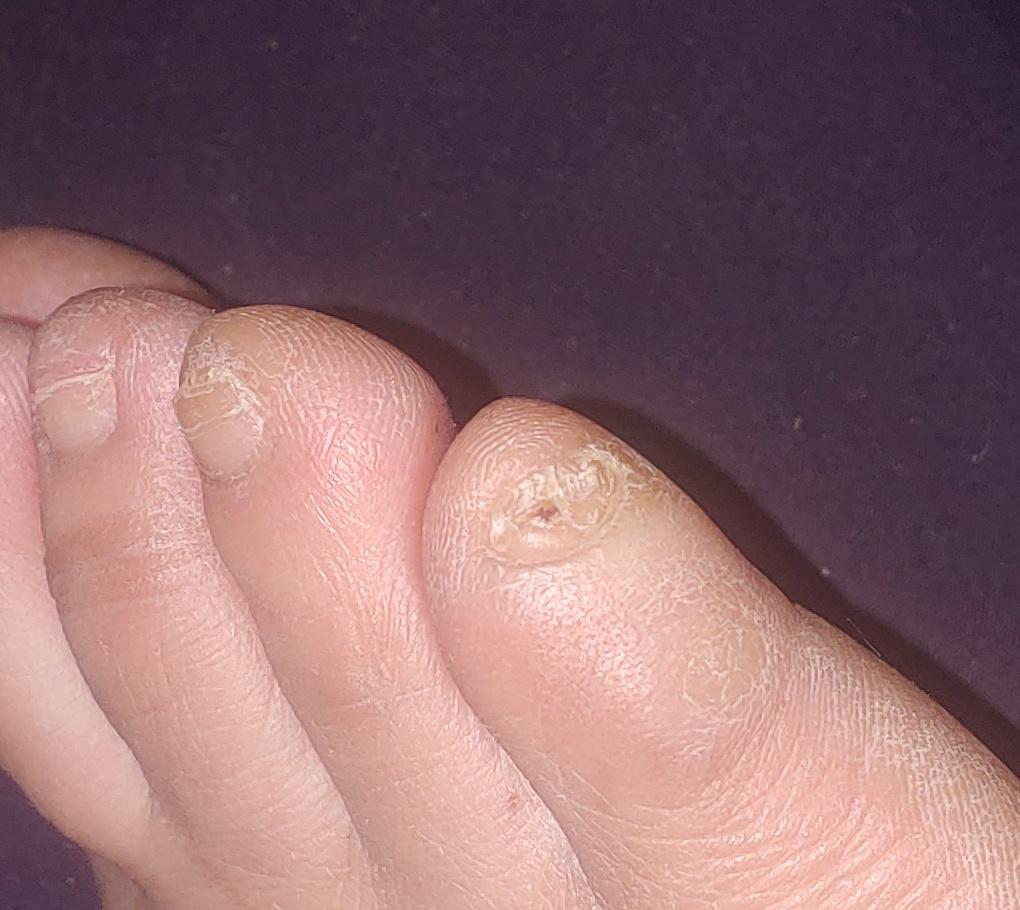
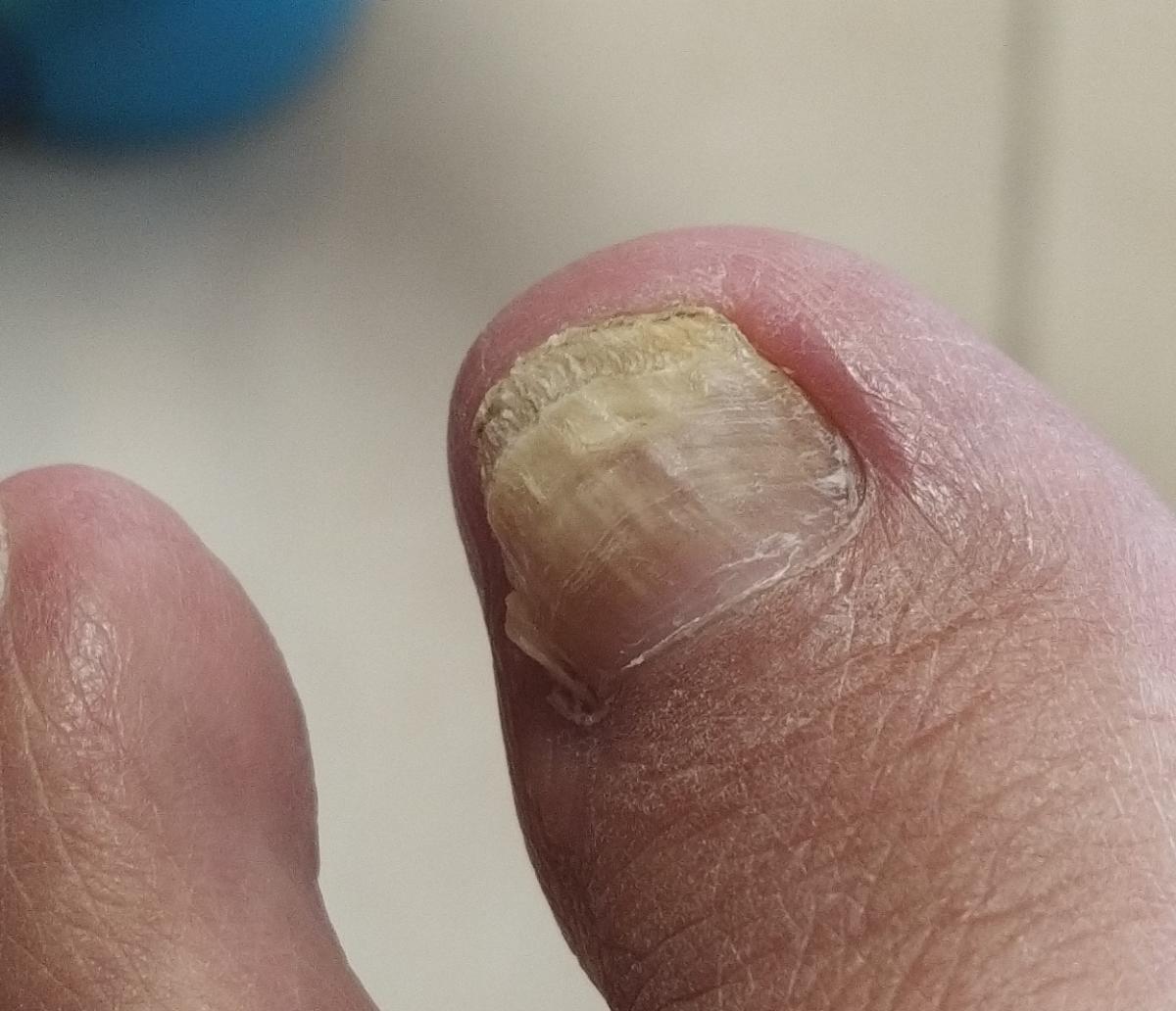
Symptoms:
- Thickening of the nail
- Yellow or brown discoloration
- Crumbling or splitting of the nail
- White or yellow spots on the nail surface
Diagnosis and Treatment:
- Diagnosis is usually based on visual examination and nail sample analysis (nail clipping).
- Treatment options include:
- Oral antifungal medications
- Topical antifungal solutions or nail lacquers
- Laser therapy for severe cases
Hair Mycosis: symptoms, diagnosis and treatment
Hair mycosis, also known as Trichomycosis, affects the scalp and hair follicles, primarily seen in children. It is caused by dermatophytes and can result in patchy hair loss and scaly areas on the scalp.
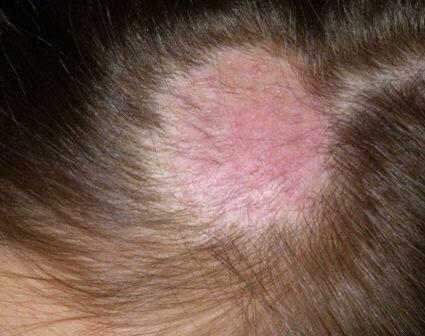
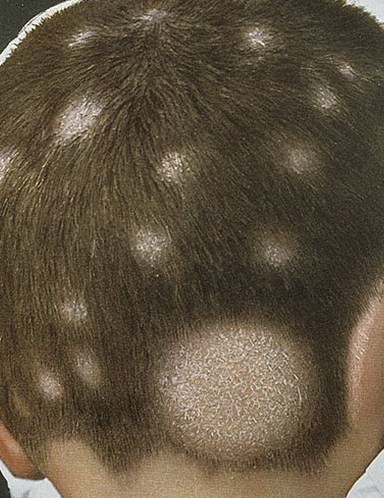
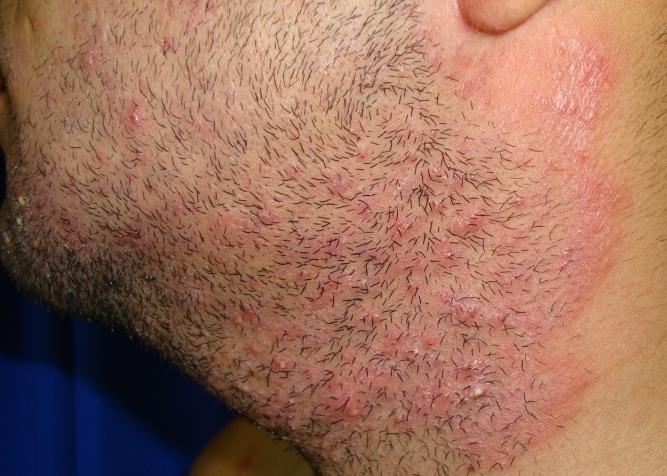
Symptoms:
- Round or oval patches of hair loss
- Scaling or redness on the scalp
- Black dots (broken hair shafts) visible on the scalp
- Swollen, tender areas with pus-filled bumps (kerion)
Diagnosis and Treatment:
- Diagnosis involves visual examination and, in some cases, a hair sample analysis (hair plucking).
- Treatment options include:
- Oral antifungal medications
- Antifungal shampoos and topical solutions
Pityriasis Versicolor: symptoms, diagnosis and treatment
Pityriasis versicolor, also known as Variegated lichen planus or papillary lichen planus, is a common fungal infection caused by the Malassezia yeast. It primarily affects areas with a high concentration of sebaceous glands, such as the chest, back, and shoulders.
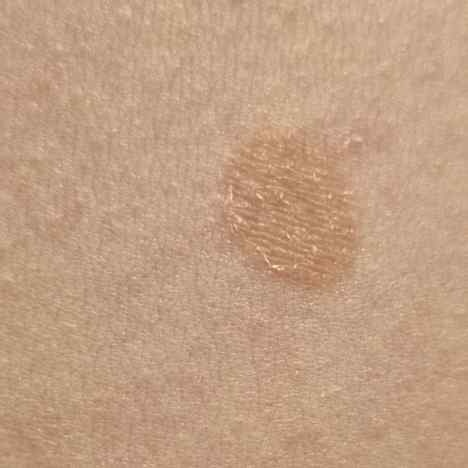
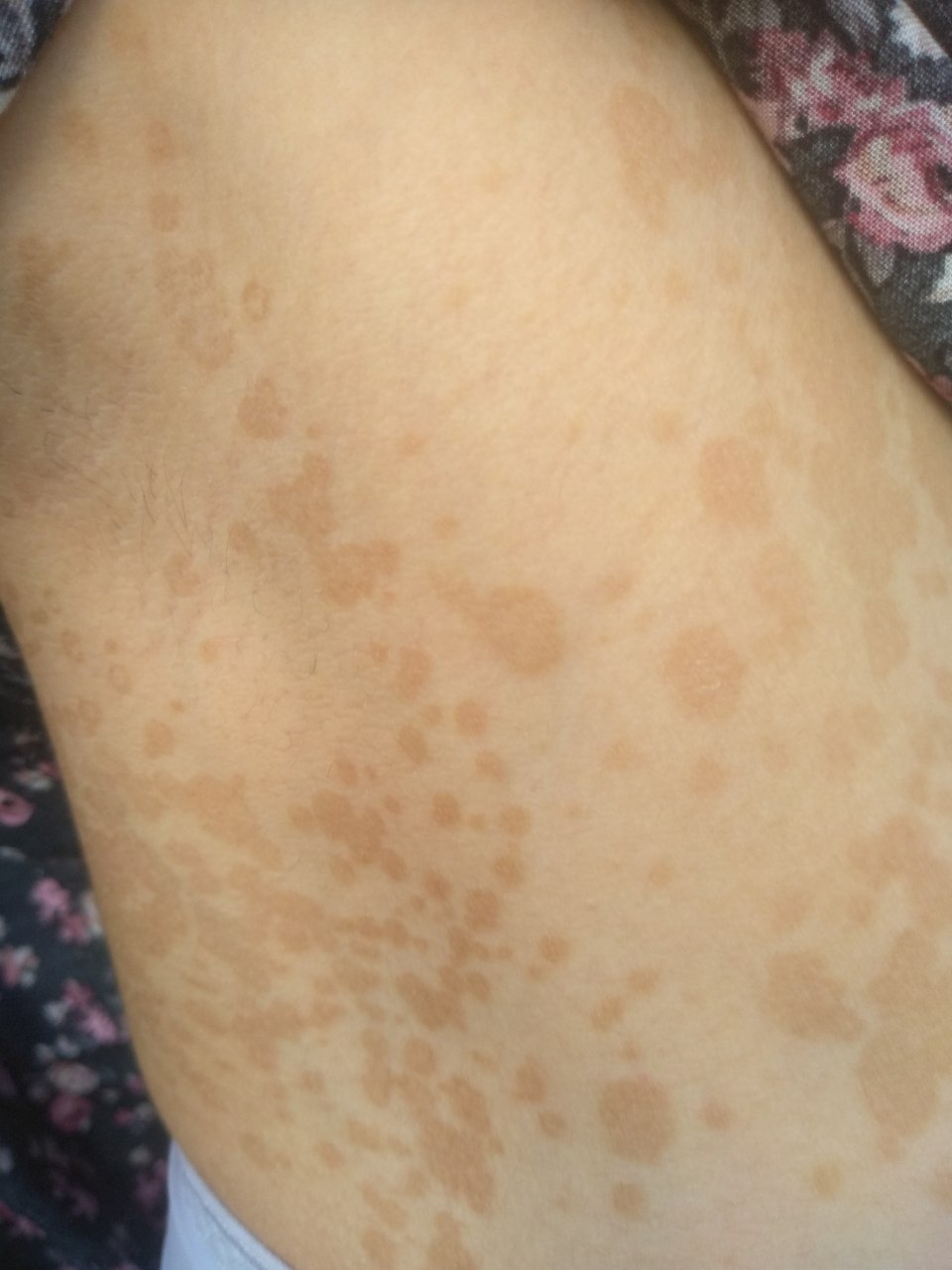
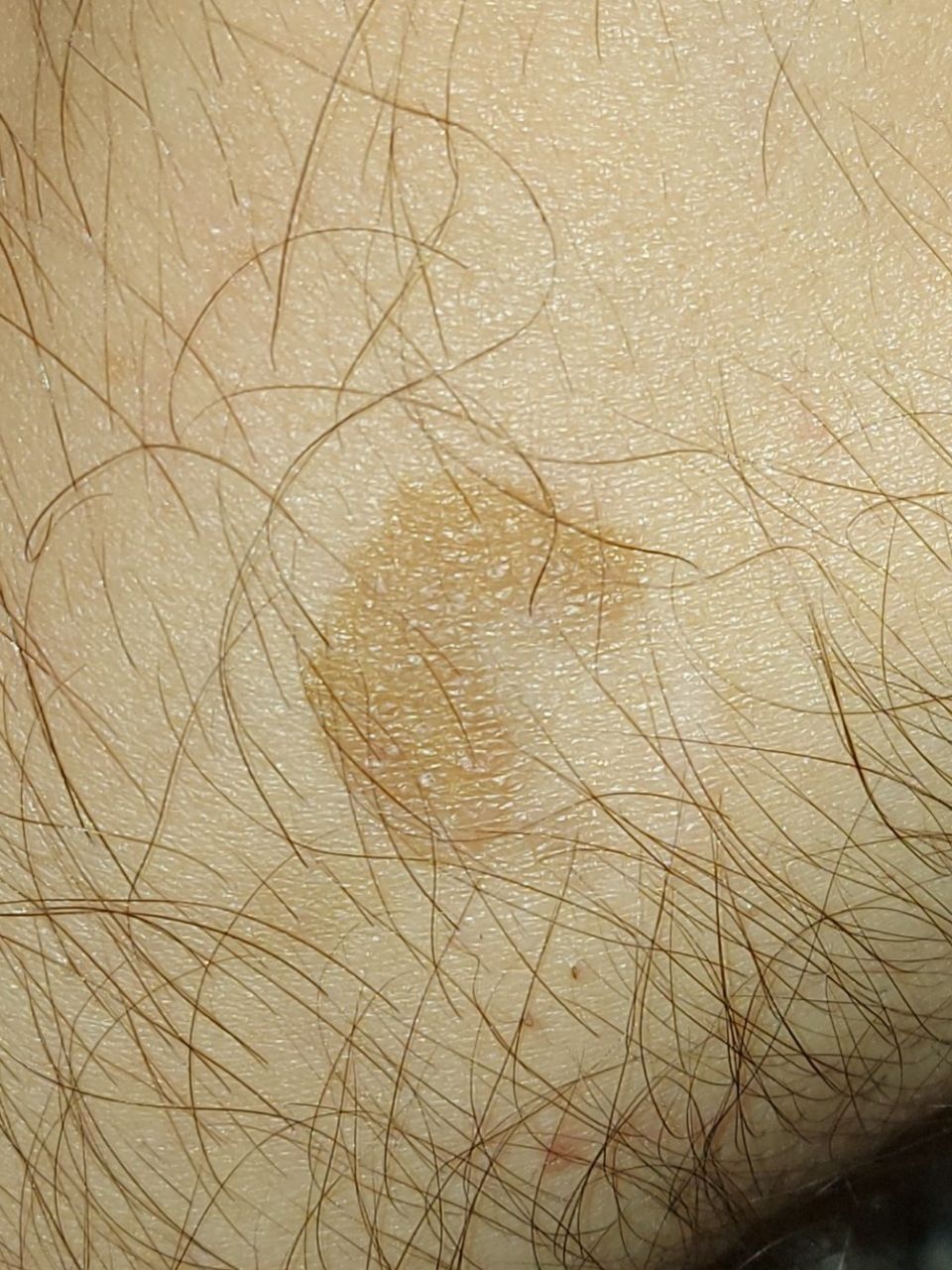
Symptoms:
- Small, scaly patches that can be lighter or darker than the surrounding skin.
- Itching, especially when the skin is warm or humid.
Diagnosis and Treatment:
- Visual examination and skin sample analysis (KOH test) help diagnose pityriasis versicolor.
- Treatment options include:
- Antifungal creams or lotions for mild cases.
- Antifungal shampoos for scalp involvement.
- Oral antifungal medications for widespread or recurrent infections.
Skinive App: Your Ultimate AI Dermatologist
Accurate and timely diagnosis is crucial in managing fungal diseases effectively. The Skinive app is a revolutionary tool that harnesses the power of artificial intelligence to identify various skin conditions, including different types of mycoses.
How Skinive app Works:
- Download Free Skinive App: Access the Skinive app from the AppStore or GooglePlay and install it on your smartphone.
- Capture the Image: Take a clear picture of the affected area using your phone’s camera.
- AI Analysis: The app’s advanced AI algorithms analyze the image and compare it with an extensive database of skin conditions, including mycoses.
- Accurate Diagnosis: Receive a precise diagnosis, empowering you to take the right steps for your skin’s health.
Why Choose Skinive:
- Reliability: Skinive’s AI technology has been rigorously tested and refined to ensure its accuracy and reliability in diagnosing skin conditions, including fungal diseases.
- User-Friendly: The app’s intuitive interface makes it easy for anyone to use, regardless of their technological expertise.
- Accessible and Free: Download the app for free and access instant skin analysis at your fingertips.
Conclusion
Fungal diseases in dermatology, such as skin mycosis, nail mycosis, and hair mycosis, can be troublesome and affect our self-confidence. However, by understanding the symptoms and seeking timely diagnosis and treatment, we can combat these fungal invaders effectively.
The Skinive app emerges as your ultimate skincare ally, providing accurate identification of various skin conditions, including different types of mycoses. Download Skinive app for free and unlock the power of AI-driven skin analysis, as well as personalized recommendations for the most effective skincare solutions. Empower yourself with knowledge for healthier, fungus-free skin. Embrace the path to radiant, well-nourished skin with Skinive – your guide to a confident and vibrant you!

